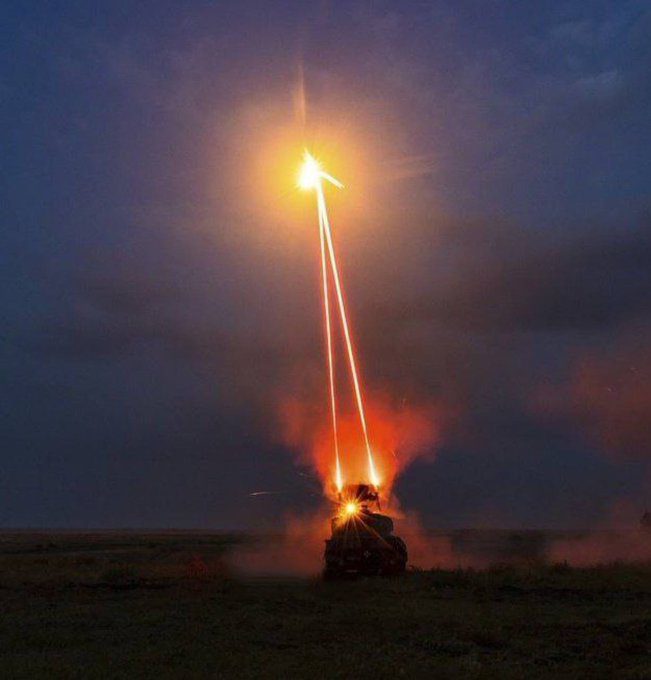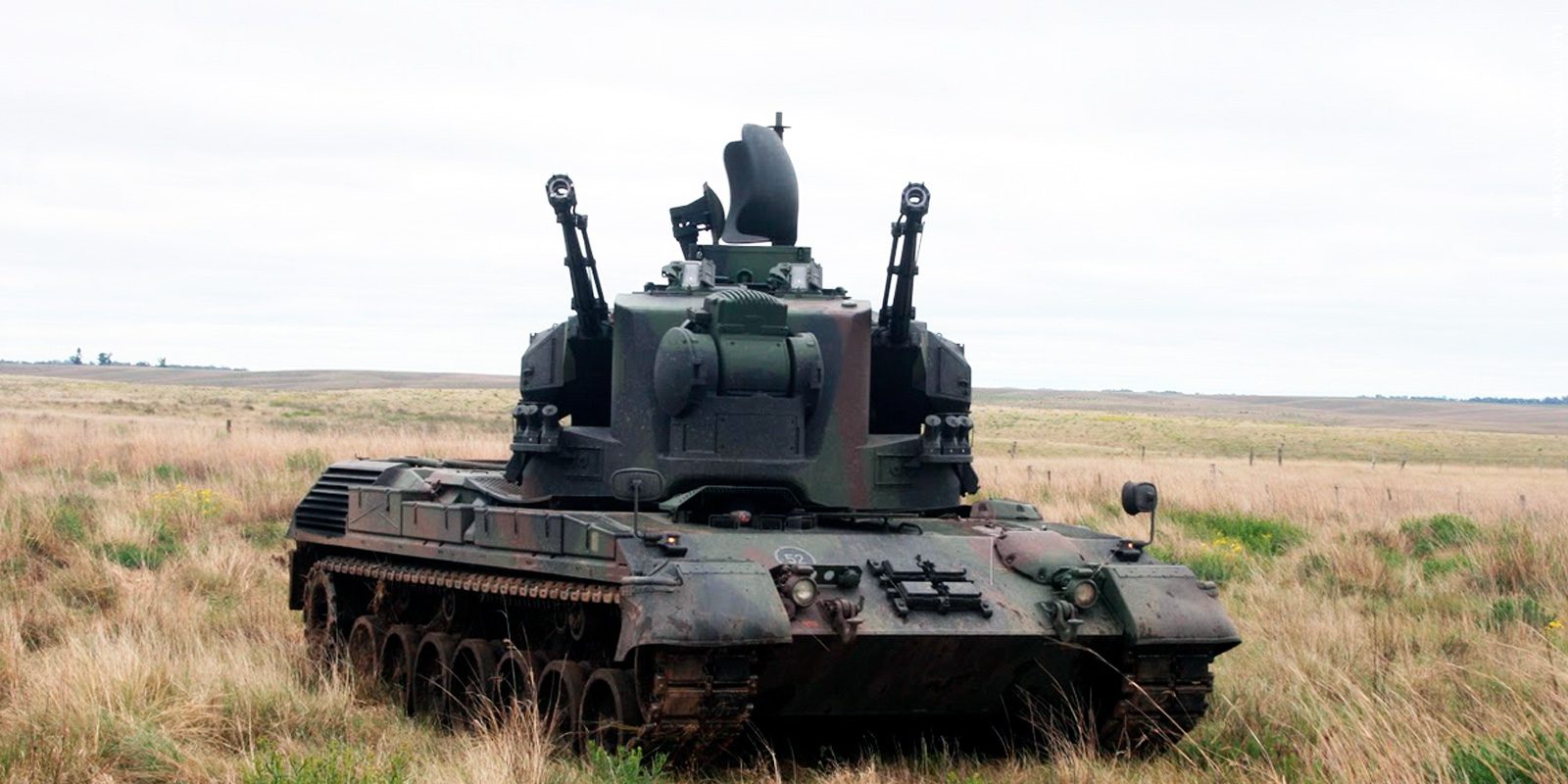Capt. Bruno Trentini Lopes Ribeiro
The growing threat posed by Remotely Piloted Aircraft Systems (RPAS), popularly known as drones, has turned the world’s attention to the need to develop military and doctrinal means capable of countering such equipment. The use of RPAS in conflicts is not new; there are many examples of the use, especially by the major world powers, of equipment for intelligence gathering and strategic attacks in conflicts such as the Iraq War or the fighting in Syria. However, the current situation brings increased technological capacity at the same time as smaller equipment as differentiating factors, which in turn require new ways of approaching army defense systems.

Countering a RPAS, such as the RQ-4 Global Hawk, produced by the American company Northrop Grumman, is no different from the doctrinal models used in anti-aircraft defense against traditional threats, such as fighters and bombers, with the only peculiarity being the need for radars with greater coverage and armaments with greater range, such as medium and high altitude/medium and long range systems. However, the current use of RPAS produced for civilian use and disposable RPAS, such as the equipment made from cardboard and used in the Ukrainian War, brings with it the need to update the way the anti-aircraft defense system works. This update does not mean abandoning or modifying the existing model, but adding new capabilities and visualizing how these will be employed in an integrated and harmonious way within the anti-aircraft defense system.
In terms of Brazilian anti-aircraft defense, it can be seen that the structure headed by the Army Anti-Aircraft Defense Command (Cmdo DAAe Ex) and executed by the various Anti-Aircraft Artillery Groups (GAAAe) and Anti-Aircraft Artillery Batteries (Bia AAAe), spread throughout the national territory, is effective against this threat. The capacity of some of the armaments used by the Brazilian Army, such as the RBS70 NG missile system and the Gepard Armored Anti-Aircraft Combat Vehicle, which has two 35 mm cannons, guarantees effective protection of troops and installations against RPAS with very low radar wave reflection capacity, such as the Matrice civilian RPAS, produced by DJI, which, according to the classification used by the Brazilian Army, belongs to category 1.

Training by the Coastal and Anti-Aircraft Artillery School (EsACosAAe) has shown in practice the effectiveness of the RBS70 material against air targets belonging to category 1, and several other examples of the use of the Gepard vehicle against the Shared RPAS, of Iranian origin, during the Ukrainian War, also corroborate the use of this weaponry. However, it should be noted that defending against smaller aircraft, classified in category 0, used mainly for tactical reconnaissance and specific attacks on equipment and personnel, requires an increase in anti-aircraft defense capabilities, since the possibility of detecting and engaging these RPAS is compromised by the small reflection of the waves incident on their fuselage.
Currently, the solution found to counter these small aircraft is the use of electronic warfare equipment capable of emitting directional waves that interrupt the link between the operator and the RPAS, and can also interrupt the equipment’s GPS signal. The effectiveness of such materials is already universally known, as their technology is constantly being improved due to their use in major events such as the Olympic Games or the inauguration of government leaders. However, what must be analyzed is how to use these instruments, which interfere with the electromagnetic spectrum of the region in which they operate, during a conflict.
It is understood that in the conditions of defense against RPAS, thus constituting equipment aimed at neutralizing hostile air vectors, these electronic warfare systems should be inserted into the existing coordination of anti-aircraft defense deployed on the ground. This is vitally necessary, as the electromagnetic emissions generated by the equipment cannot alter or hinder the operation of any of the anti-aircraft defense subsystems. Therefore, carrying out a parallel analysis and using the defense-in-depth principle present in Brazilian anti-aircraft artillery, it can be seen that this EG equipment would constitute a closer layer of defense, that is, as its radius of action is relatively short, around 500 meters when it interferes with the radio link between the operator and the equipment, These instruments would provide closer protection for troops and installations of interest, and would thus be controlled and commanded from the nearest Anti-Aircraft Operations Center, where a liaison officer for the electronic warfare troops would be stationed.

Another solution widely used today to provide effective defense against RPAS is the training and increased use of surveillance posts. Anti-aircraft lookouts, as they used to be called, or surveillance posts, are teams deployed at strategic points on the ground, usually close to the main routes used by aircraft to attack, and whose purpose is to alert anti-aircraft defenses in good time to a possible enemy incursion. This doctrine seemed outdated for years, but today we can see that maintaining surveillance posts as sensors in the anti-aircraft defense control and warning subsystem has been crucial for us to be able to counter the threats posed by the new RPAS. In conflicts such as the war between Russia and Ukraine, we can see an increase in the number of surveillance post teams deployed by both sides, mainly to protect troops from attacks by militarized civilian drones, which are often not detected by radars in time.
Finally, it is understood that the world already sees RPAS as a major threat on battlefields and that, in order to improve its doctrine and increase its capabilities, the Brazilian Anti-Aircraft Artillery must, together with the country’s Electronic Warfare elements, work concisely to increase the anti-aircraft defense system already in operation by the Ground Force, thus seeking to guarantee defense against any existing air threat model.
About the author:
Capt. Bruno Trentini Lopes Ribeiro is an Artillery Officer from the Agulhas Negras Military Academy. He has completed the following internships, specializations and courses: Artillery Officers’ Training Course, Anti-Aircraft Artillery Course for Officers, Special Anti-Aircraft Defence Course (Brazilian Navy), Artillery and Anti-Aircraft Defence Internship and Urban Operations Internship. He was an instructor at the Coast and Anti-Aircraft Artillery School (EsACosAAe) for the 2022-2023 biennium. He currently serves in the 1st Anti-Aircraft Artillery Group – Rio de Janeiro – RJ.
*** Translated by DEFCONPress FYI Team ***
